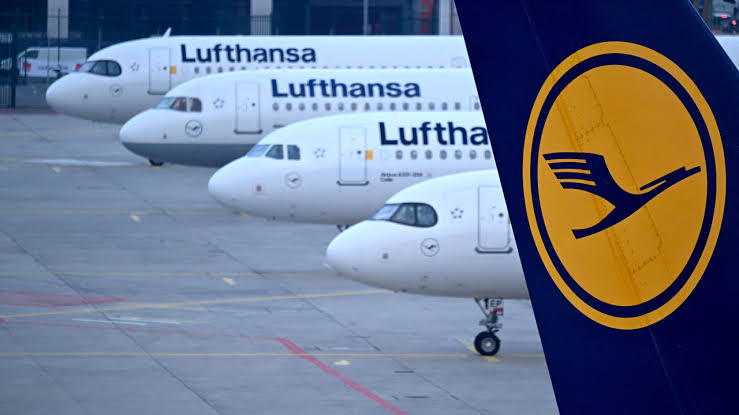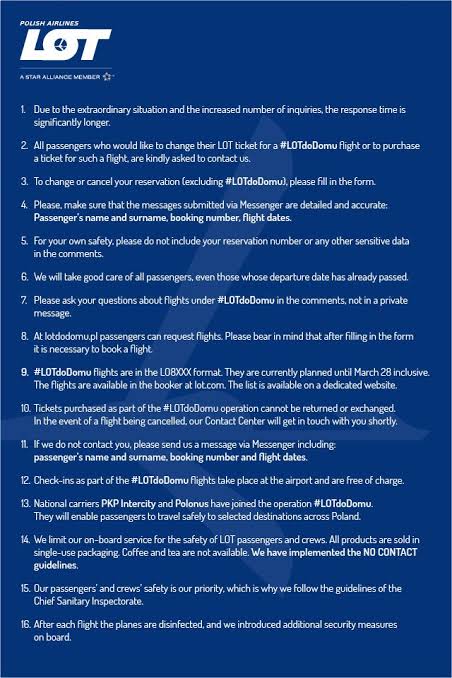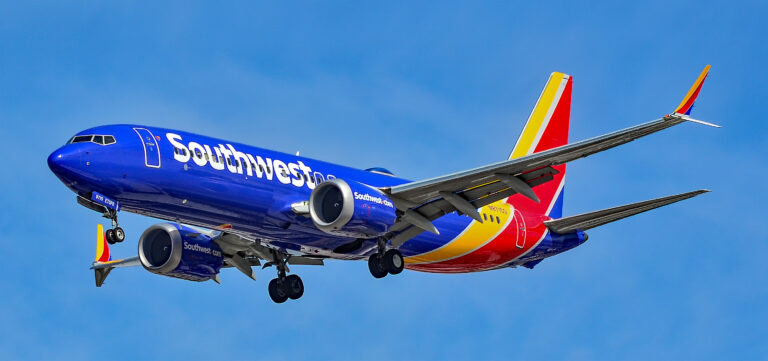Lufthansa Reports €722 Million Loss in Q1 2025 Despite Revenue Growth, Eyes Recovery in Summer Travel Surge
Lufthansa Reports €722 Million Loss in Q1 2025 Despite Revenue Growth, Eyes Recovery in Summer Travel Surge
Frankfurt, Germany – May 7, 2025
Lufthansa Group, Europe’s largest airline conglomerate, reported a significant net loss of €722 million in the first quarter of 2025, despite a 10% year-over-year increase in revenue to €8.1 billion. The results, announced in the company’s latest earnings report, highlight the persistent challenges the aviation industry faces amid ongoing labor disruptions, macroeconomic headwinds, and volatile travel demand.
Yet, Lufthansa’s leadership remains optimistic, banking on a strong summer travel season to drive a recovery and reaffirming its full-year financial outlook.
Financial Overview: A Mixed Quarter
The €722 million adjusted EBIT (Earnings Before Interest and Taxes) loss for Q1 2025 represents a slight improvement from the €849 million loss posted in the same quarter of 2024. This marginal progress is attributed primarily to improved operational efficiency and modest growth in passenger traffic. Still, the airline has yet to recover fully from the compounded effects of last year’s strikes and supply chain disruptions.
Lufthansa’s total revenue climbed to €8.1 billion, up from €7.4 billion in Q1 2024. Passenger numbers increased by nearly 9% year-on-year, driven by stronger demand across short- and medium-haul routes in Europe and select transatlantic services. However, high operating costs and inflationary pressures, particularly in fuel and labor, offset these gains.
The group’s load factor—an indicator of seat occupancy—rose slightly to 78.6%, signaling a partial rebound in consumer travel confidence.
Labor Unrest Still Casting a Shadow
One of the biggest drags on Lufthansa’s performance over the past year has been labor disputes, which resulted in multiple waves of strikes by pilots, cabin crew, and ground staff. These disruptions caused hundreds of flight cancellations and delays, affecting customer trust and inflicting a direct financial impact estimated at over €450 million in 2024 alone.
Lufthansa has since reached preliminary agreements with several unions but remains locked in negotiations with others. CEO Carsten Spohr acknowledged the strain on operations during a press briefing, stating, “While we have made progress in stabilizing our workforce relationships, the road to full labor peace remains ongoing. Our people are essential to our success, and we are committed to achieving fair and sustainable agreements.”
In response to staffing shortages and operational gaps, Lufthansa has announced plans to hire over 10,000 new employees in 2025. These roles span flight operations, ground handling, maintenance, customer service, and administration.
Strategic Moves: ITA Airways Acquisition and Fleet Expansion
Amid financial turbulence, Lufthansa continues to pursue strategic expansion. Earlier this year, the airline completed the acquisition of a 41% stake in ITA Airways, Italy’s national carrier and successor to Alitalia. The move is seen as part of Lufthansa’s long-term vision to strengthen its position in Southern Europe and bolster its network in the Mediterranean region.
Under the deal, ITA Airways will gradually be integrated into Lufthansa’s airline group structure, joining the Star Alliance and transitioning its frequent flyer program to Lufthansa’s Miles & More. Codeshare arrangements between ITA and other Lufthansa subsidiaries have already commenced, expanding route options for both carriers’ customers.
Meanwhile, Lufthansa is also investing in fleet modernization and expansion. The airline reintroduced its Airbus A380s to key routes, including Denver, Washington D.C., and Los Angeles. These superjumbos, offering over 500 seats per aircraft, are expected to improve capacity efficiency on high-demand long-haul routes.
Spohr emphasized the strategic importance of these developments, noting, “We are focused not just on navigating current headwinds, but on preparing Lufthansa for the future. The integration of ITA Airways and our fleet initiatives will play critical roles in our recovery and growth plans.”
Market Challenges: Weakened Transatlantic Demand
One unexpected challenge facing Lufthansa and other European carriers in early 2025 is the weakening demand for travel to the United States. This trend has been attributed to stricter U.S. border regulations and economic uncertainty among European travelers. The airline noted a noticeable dip in bookings from German-speaking countries for U.S.-bound flights during the first quarter.
While Lufthansa’s European and intra-Asia routes saw modest growth, the transatlantic segment—long one of the most lucrative for the group—underperformed expectations. As a result, the airline is adjusting capacity and exploring ways to stimulate demand through targeted marketing and pricing strategies.
Outlook: Summer Optimism
Despite the challenging start to the year, Lufthansa remains confident about the months ahead. The airline expects a surge in travel during the summer season, driven by strong leisure demand and stabilizing business travel. Forward bookings for June through September are trending above 2023 levels, particularly for Southern European destinations and long-haul flights to Asia.
Lufthansa has reaffirmed its full-year forecast of an adjusted EBIT of €2.2 billion, a slight downgrade from earlier projections of €2.4 to €2.6 billion, but still a positive sign compared to pre-pandemic recovery levels.
The airline’s cost-control initiatives, expanded network via ITA Airways, and an improved labor climate are expected to support its financial rebound.
“We see clear signals that demand will continue to rise, especially in our core European markets,” Spohr said. “We are preparing for a busy summer and are committed to delivering reliable service and restoring profitability.”
Conclusion
Lufthansa’s first-quarter results in 2025 present a complex picture of resilience amid adversity. While the €722 million loss underscores the financial toll of past disruptions, the airline’s ongoing investments in workforce expansion, strategic partnerships, and fleet development suggest a long-term recovery is well within reach.
The coming months will be critical as Lufthansa seeks to turn the tide, capitalize on summer demand, and regain the confidence of investors, customers, and staff alike.






